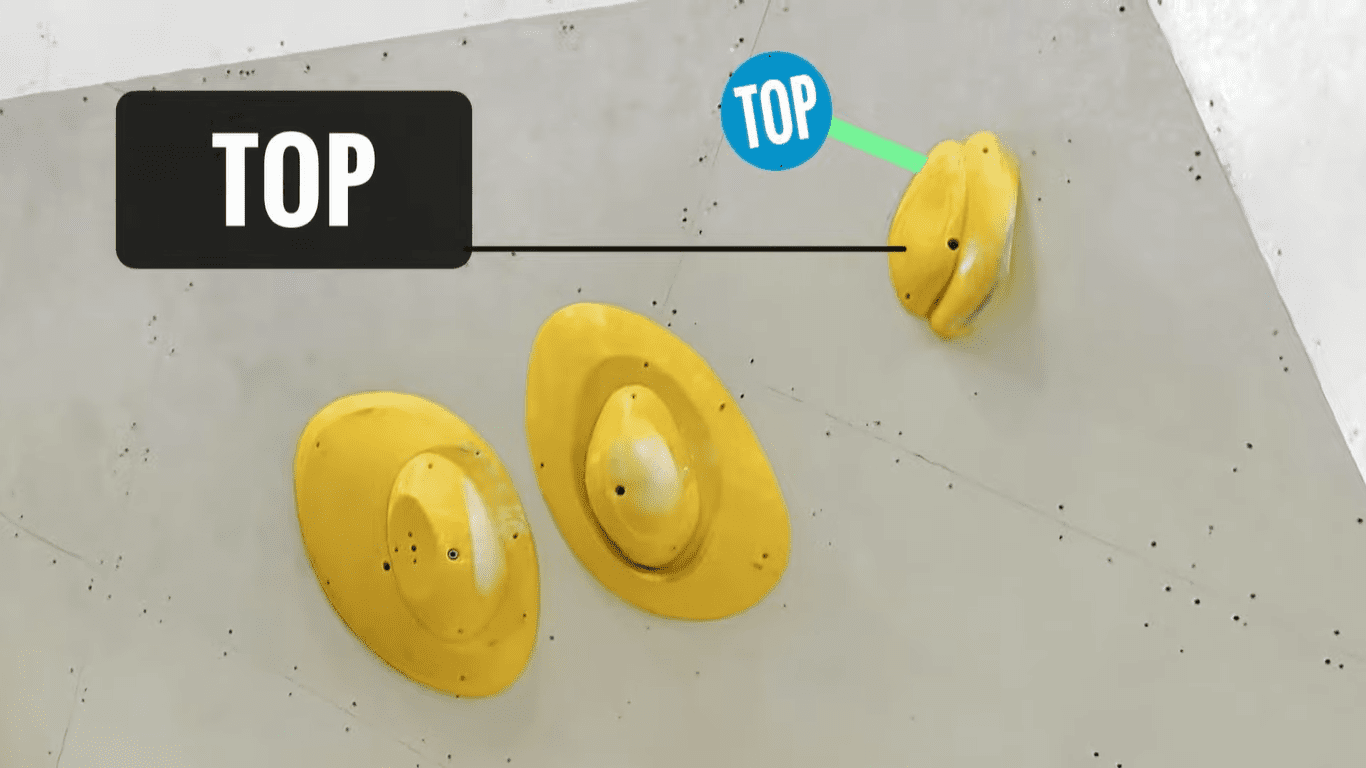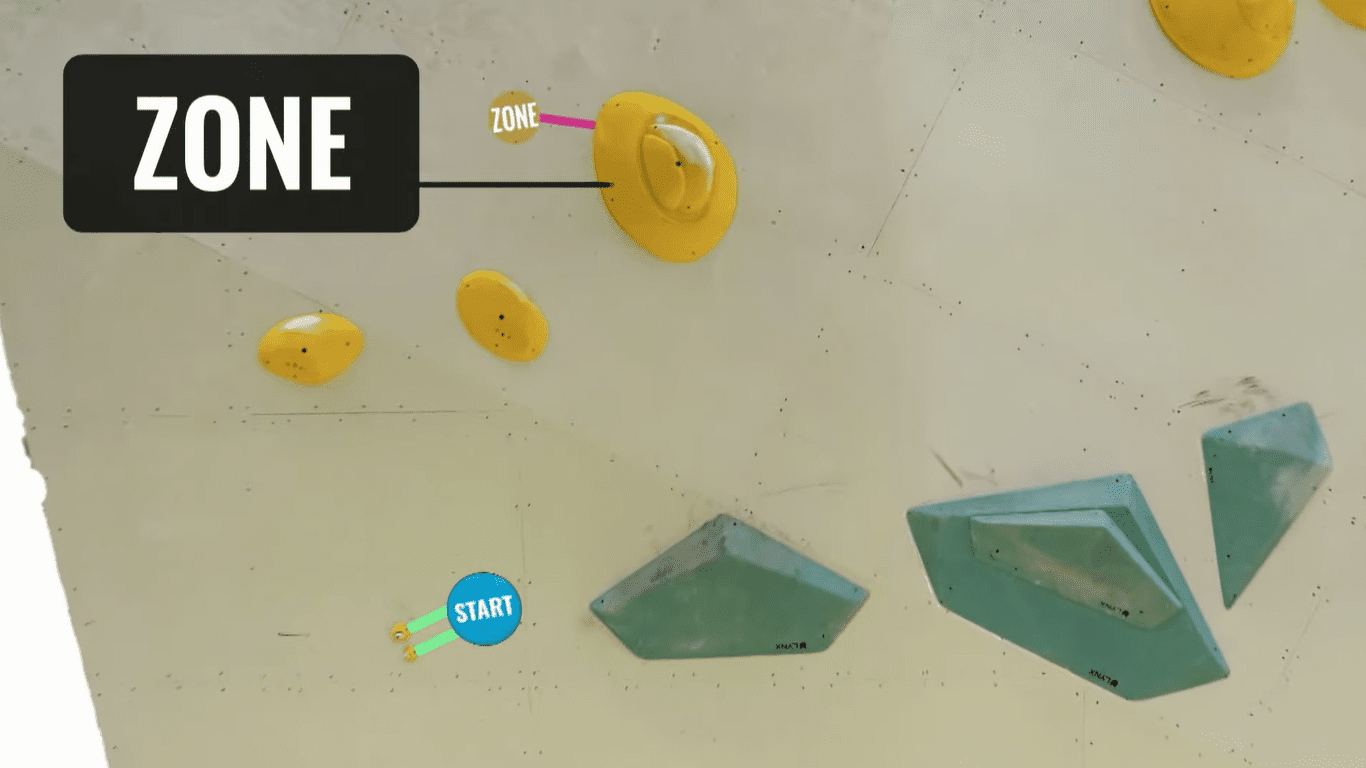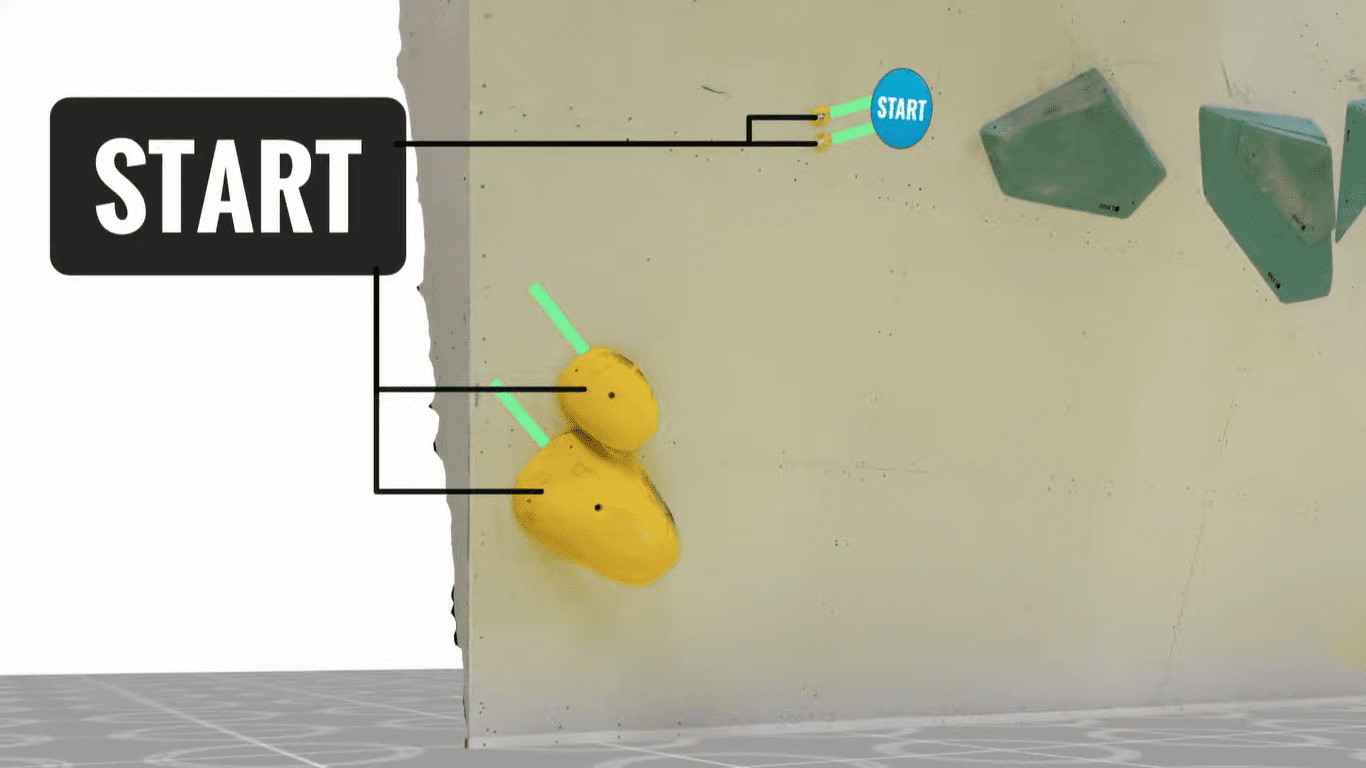What the Heck Does ‘2T3z 9 12’ Mean? Boulder World Cup Scoring Explained
Here's a quick and easy breakdown of how IFSC Boulder World Cups are scored
 Photo by: Dimitris Tosidis/IFSC
Photo by: Dimitris Tosidis/IFSC
If you’re like many climbers, you’re likely getting stoked about the IFSC Boulder World Cup this year. After two fun events in Japan and South Korea, the series heads to Salt Lake City, Utah this weekend. Whether you’ve been a long-time viewer of the World Cups or you’re newer to following the sport, it’s more likely than not that you’re a little fuzzy on how the comps are scored, especially when the results are extremely close.
Throughout a World Cup broadcast, or in the summary results you’ll find published after the event, you’ll see these cryptic-looking codes to describe how an athlete performed. You’ve probably seen scores like “2T3z 9 12” or “3T4z 11” and wondered what exactly those numbers indicate.
Well here’s a quick rundown on how Boulder World Cup events are organized into rounds, how individual problems are scored, and how points are tallied to produce the final standings that determine gold, silver, and bronze at each event.
Rounds
Boulder World Cup events have three rounds: a qualifying round, a semi-final, and a final. In the qualifiers, climbers climb five problems with a time limit of five minutes each. Generally, the top 20 climbers in each gender category move on to the semi-finals. In this second round, climbers attempt four problems, each with a time limit of five minutes.
The six athletes with the highest score in each gender category then move on to the finals where they climb four problems, each with a time limit of four minutes. Unlike in the qualifying and semi-final rounds, competitors get to observe each finals problem for two minutes during a separate observation period before the final round kicks off.
Climbing Rules
Across the three rounds, the climbing rules are the same. Climbers must begin each problem on designated starting holds. These holds are marked with tape – one piece of tape per limb. In the example image below, climbers would start with each hand on one of the tiny yellow holds and one foot on each of the low yellow sloping holds.
Climbers are first and foremost aiming to top the problem. To “top” a problem, a climber must get two hands securely on the final hold. This final hold is clearly labelled, as seen in the example below. A climber must show control with both hands on this final hold in order for the top to count. They can’t just jump and slap the hold.

If a climber can’t reach the top of a problem, they at least want to reach the “zone” hold. This hold usually lies somewhere around halfway up the problem and is clearly marked. A climber must show control of this hold with either hand to get a “zone” point for that problem. They cannot just slap to the hold and then fall off. You can see a zone hold in the example below.

Scoring
Tops are king in World Cup bouldering. Quite simply, the climber with the most tops takes first place in that round. If climbers are tied in the number of tops, then the number of zones they reached across the round is used to break the tie. If both tops and zones are tied, the number of attempts it took them to reach the tops is used. Climbers are always aware of this and try to climb a problem in the least number of tries possible.
If the top attempts metric is also tied, the number of attempts it took them to reach the zones is the tiebreaker. In the very rare event that competitors are tied across all four of these scores, their standing in the previous round would be used to break the tie.
Numeric Score
So now that you know how Boulder World Cups are organized and scored, what the heck does “2T3z 9 12” mean? Based on the section above, you might already be able to break this code, but he’s a quick explanation.
The first number tells you the number of tops the climber achieved. It is followed by the letter “T” for “tops”. The second number tells you the number of zones the climber successfully reached. It is followed by the letter “z” for “zones”. The third number tells you the total number of attempts the climber took to achieve their tops. And the fourth and final number tells you the total number of attempts the climber took to reach their zones. So therefore a score of 2T3z 9 12 would indicate:
- 2 tops
- 3 zones
- 9 attempts to achieve the 2 tops
- 12 attempts to achieve the 3 zones
The best possible score an athlete could achieve in the finals would be 4T4z 4 4. This would indicate that the climber only took a total of four tries to achieve four tops and four zones. In other words, the climber flashed all four problems.
Here’s an example of a men’s scorecard from the Hachioji comp a few weeks ago. Schalck is in first simply because he has the most tops. Van Duysen and Jenft are tied in tops and zones, but Van Duysen is in second because he has less top attempts than Jenft. Fujii, Anraku, and Chon are separated by zone attempts, a metric not not shown in this figure. Fujii had 9 attempts to reach his three zones, Anraku 11, and Chon 13.

For more on World Cup rules and scoring, check out the IFSC’s 2023 Rule Book.



